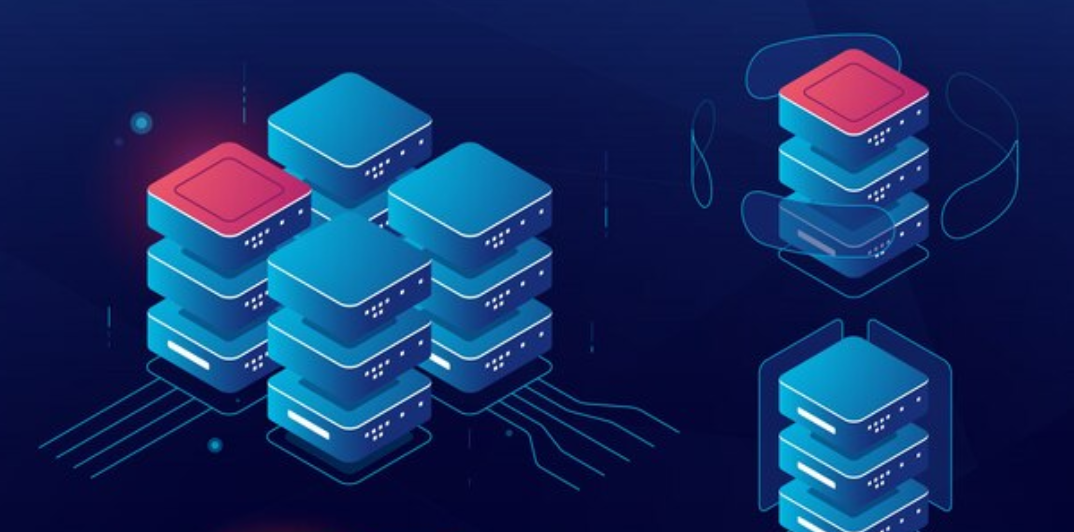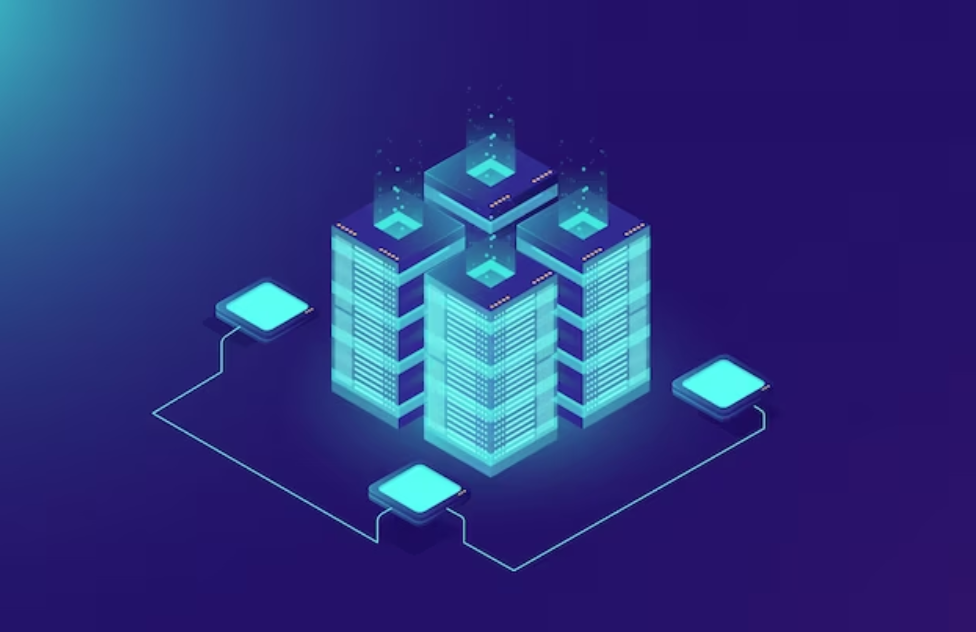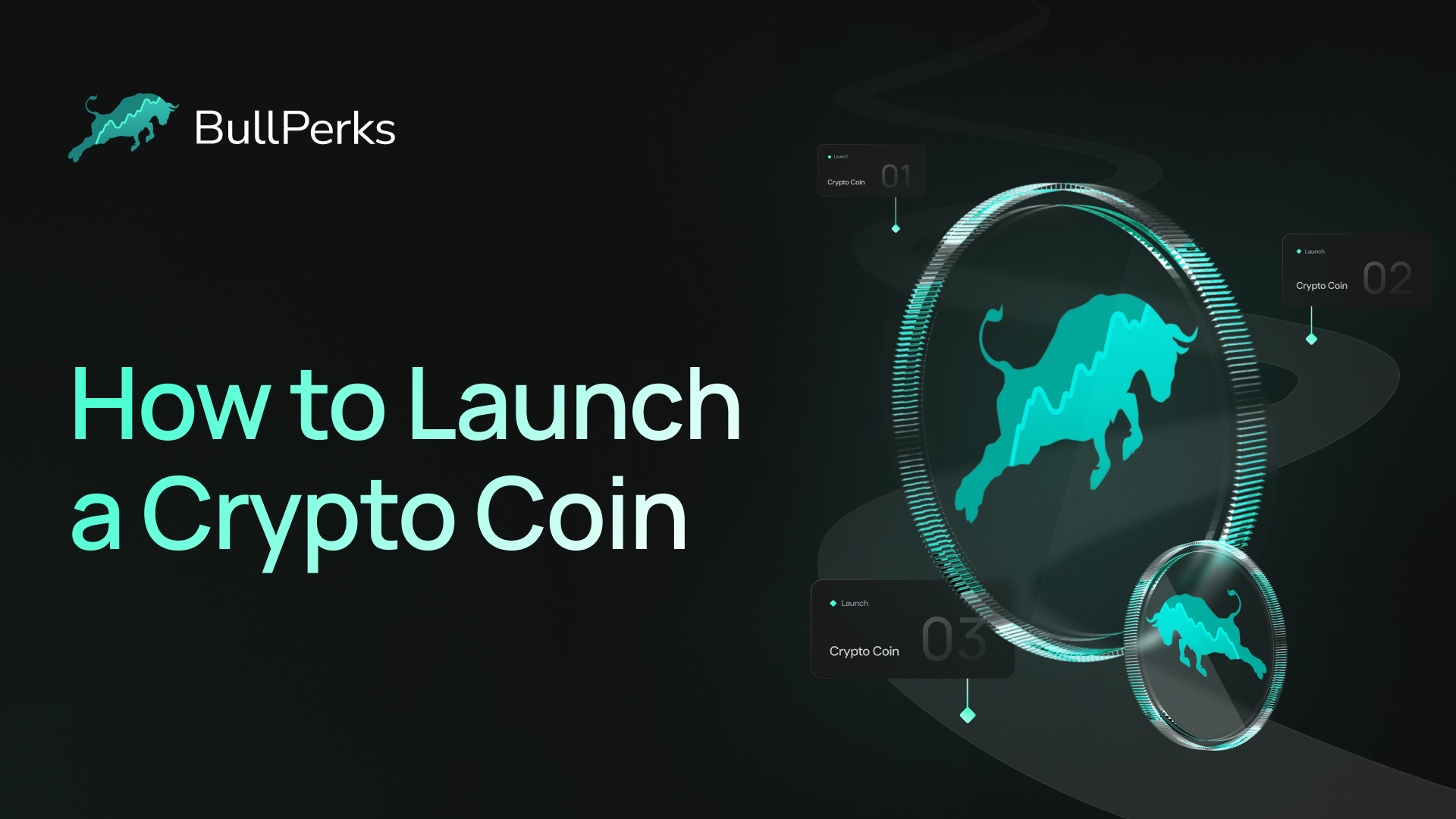
Algorand is a blockchain platform that aims to address the "blockchain trilemma," which refers to the challenge of achieving decentralization, security, and scalability simultaneously. Traditionally, blockchain systems have struggled to optimize all three aspects at once; improvements in one area often come at the expense of the others. The mission of Algorand is to provide a solution that effectively balances these three key elements.
The Algorand blockchain approaches the blockchain trilemma is to leverage a combination of PPoS, cryptographic techniques, and a commitment to rapid block confirmation to provide a scalable, secure, and decentralized blockchain platform. This mission is crucial for the development and adoption of blockchain technology in various industries, as it addresses some of the key challenges that have hindered the widespread use of blockchain in the past.
Algorand's Pure Proof of Stake (PPoS) algorithm

Algorand employs a pure proof-of-stake (PPoS) protocol, which enhances decentralization. In this consensus protocol, the right to propose a new block and validate transactions is distributed among a large number of participants based on their stake in the network.
Validators are selected randomly for each block, preventing the concentration of power among a few entities. This ensures a more decentralized network where no single user or group can control the consensus process.
PPoS is a consensus algorithm used in blockchain networks, and it differs from other consensus algorithms like Proof of Work (PoW) and Delegated Proof of Stake (DPoS). Pure Proof of Stake distinguishes itself by relying on the participants' stake for the consensus process, aiming to achieve decentralization, security, and scalability. The choice of consensus algorithm depends on the specific goals and priorities of a blockchain network, and each algorithm has its strengths and weaknesses.
Achieving high scalability without compromising decentralization and security
Algorand achieves scalability through a combination of its consensus mechanism, block propagation, and block finalization process. The key features that help Algorand solve the scalability issue are the following.
Pure Proof of Stake Consensus Mechanism

The Algorand blockchain utilizes a PPoS consensus protocol, where participants are randomly selected to propose and validate blocks based on their stake Algorand Algo (The Algorand's native cryptocurrency) in the network.
This randomness based on the Algorand staking mechanism and the absence of a leader election process allow the network to scale horizontally as more participants join. No central authority or fixed group of validators is required, enabling a more inclusive and scalable approach.
Fast Block Confirmation
Algorand aims for rapid block confirmation, with an every block proposed by an Algorand network node every few seconds.
Fast block confirmation times contribute to high transaction throughput, making Algorand suitable for applications that require quick and efficient processing of transactions.
Asynchronous Block Propagation on the Algorand Network

Algorand uses an asynchronous Byzantine Agreement protocol, allowing for asynchronous block propagation. This means that the consensus process doesn't require strict time synchronization among nodes.
Asynchronous block propagation contributes to improved network scalability, as nodes can operate independently without being tightly bound to a synchronized clock to which a validation process is usually tied.
Transaction Finality in a Few Rounds
Algorand's consensus mechanism provides finality to blocks in a small number of rounds. Once a block is agreed upon, it is considered final, and the network moves on to the next block.
Fast finality reduces the probability of forks and enables quicker confirmation of transactions thus boosting the transaction speeds and enhancing the overall efficiency of the blockchain.
Adaptive Block Size of the Algorand Blockchain

Algorand has an adaptive block size mechanism, allowing the network to dynamically adjust the block size based on demand. This ensures that the network can handle varying transaction volumes without sacrificing performance or decentralization.
The adaptive block size mechanism helps Algorand maintain scalability during periods of increased activity, preventing congestion and delays.
In summary, Algorand's approach to scalability combines the features of a PPoS consensus mechanism, fast block confirmation, asynchronous block propagation, finality in a few rounds, and adaptive block size to provide a scalable and efficient blockchain platform. These features contribute to high throughput, low latency, and decentralization, making Algorand well-suited for various applications in the blockchain space.
High transaction throughput and low fees
Algorand achieves high transaction throughput through several key design features that optimize its consensus mechanism, block creation process, and overall network efficiency. Here's an explanation of how the Algorand blockchain achieves high transaction throughput.
Pure Proof of Stake Consensus Mechanism
In the Algorand ecosystem, the right to propose and validate blocks is based on the participants' stake in the network. Algo holders contribute to ensuring the network security by staking Algo tokens. The minimum stake is only 1 Algo, and this low minimum staking requirement makes Algorand unique and allows all Algo holders to participate in the proposing and voting procedure. The participation nodes with a valid participation key are randomly selected to create blocks, ensuring a decentralized and inclusive process.
The consensus protocol used by the Algorand blockchain eliminates the need for energy-intensive computations and allows for rapid block creation and validation and lower transaction fees.
Fast Block Confirmation

The Algorand blockchain aims for rapid block confirmation, with a new block proposed every few seconds. This fast block creation time significantly increases the number of transactions the network can handle per unit of time.
Asynchronous Block Propagation
The Algorand platform uses an asynchronous Byzantine Agreement protocol for consensus, which allows blocks to be propagated asynchronously across the Algorand blockchain.
Asynchronous block propagation means that nodes in the network can operate independently, contributing to the overall efficiency and scalability of the system.
Adaptive Block Size
The Algorand platform employs an adaptive block size mechanism that allows the network to dynamically adjust the block size based on demand. During periods of increased transaction volume, the block size can expand to accommodate more transactions.
Adaptive block size ensures that the network remains scalable and responsive to varying levels of transaction activity.
Parallel Processing
Algorand relies on parallel processing of transactions by participation nodes, allowing multiple transactions to be validated simultaneously. This parallelism enhances the overall throughput of the network and enables users to transact assets rapidly.
Parallel processing is achieved by dividing the set of transactions into microblocks, which can be processed concurrently, further optimizing the efficiency of the exchange platform.
Efficient Algorand Network Node Participation
Algorand's reward system encourages widespread participation of nodes in the consensus process. The decentralized nature of the PPoS mechanism and the random selection of participants for block creation help distribute the transaction processing load across the network.
In summary, Algorand's high transaction throughput is achieved through a combination of its consensus mechanism, fast block confirmation, asynchronous block propagation, finality in a few rounds, adaptive block size, parallel processing, and efficient node participation. These design features collectively enable Algorand to handle a large number of transactions quickly and efficiently, making it well-suited for a wide range of financial applications including for non-profit organization purposes.
Low environmental footprint
Algorand's low environmental footprint is primarily attributed to its use of the consensus mechanism, which eliminates the need for energy-intensive mining activities commonly associated with Proof of Work (PoW) systems. Here's an explanation of how Algorand achieves a low environmental impact:
Algorand's decentralized consensus protocol is based on a PPoS model, where the right to propose and validate blocks is determined by the participants' stake in the network.
Unlike PoW, which relies on miners solving complex mathematical puzzles that require significant computational power and energy consumption, PPoS does not involve such resource-intensive processes to manage new or existing tokens and add blocks to the Algorand decentralized blockchain network.
PPoS eliminates the need for energy-intensive mining hardware and the associated environmental impact.
Energy-Efficient Transaction Validation

In Algorand, participants are selected randomly to propose and validate blocks. This random selection process is computationally less intensive than the resource-intensive computations required in PoW systems.
The absence of competitive mining activities and the use of a more straightforward validation process based on the Algorand standard assets staking contribute to the overall energy efficiency of the Algorand network.
No Block Rewards and Energy Waste
In PoW systems, miners compete to solve puzzles, and only the first one to solve it gets the block reward. This competitive nature can lead to significant energy waste as multiple miners expend energy attempting to solve the same puzzle.
The Algorand staking platform eliminates the need for block rewards and the associated energy waste, as participants are selected randomly to propose and validate blocks based on their Algo coins staking share without competing against each other thus enabling fast transactions and helping to achieve global trust
Reduced Carbon Footprint
The elimination of energy-intensive mining activities and the shift to a more energy-efficient consensus mechanism significantly reduce the carbon footprint of the Algorand network.
As the blockchain protocols increasingly focus on sustainability, Algorand's low environmental impact makes it an attractive choice for environmentally conscious users and organizations.
Positive Externalities
Algorand's low environmental footprint can lead to positive externalities by promoting a more sustainable and eco-friendly approach to blockchain technology.
The reduced energy consumption and associated environmental benefits align with global efforts to address climate change concerns and promote sustainable practices in various industries.
In summary, Algorand's low environmental footprint is primarily achieved through its adoption of the PPoS consensus mechanism, which eliminates the energy-intensive mining processes seen in traditional PoW systems thus immensely reducing the computing power use required to mine new coins and add blocks to the network. This design choice positions Algorand as a more sustainable and environmentally friendly blockchain platform, aligning with the growing emphasis on sustainability within the blockchain and cryptocurrency space.
Developer-Friendly Environment Created by the Algorand Foundation

Algorand aims to provide a developer-friendly environment by offering tools, features, and infrastructure that streamline the development process and enhance the overall experience for developers.
Algorand provides comprehensive and well-organized documentation that guides developers through various aspects of the platform, including setting up the development environment, understanding the core concepts, and implementing specific features. Clear and accessible documentation is crucial for developers to quickly get started and build on the Algorand blockchain.
Algorand Algo offers SDKs is another detail for developers to benefit from. It cpntains multiple programming languages, such as JavaScript, Python, Java, Go, and more. These SDKs simplify the integration of Algorand functionalities into applications, allowing developers to work with the programming language they are most comfortable with.
SDKs include libraries, code samples, and tools that expedite the development process and make it easier for developers to interact with Algorand's features and develop smart contracts.
Algorand supports smart contracts using its own language called Algorand Smart Contracts (ASC1). The ASC1 language is designed to be secure, expressive, and easy to learn for each computer scientist.
Developers can leverage Algorand's smart contract capabilities to build decentralized applications (dApps) and automate complex processes on the blockchain.
Algorand Studio is an integrated development environment (IDE) that provides a visual interface for creating, testing, and deploying smart contracts on the Algorand blockchain.
The Studio simplifies the development lifecycle by offering a user-friendly environment and tools for debugging and testing smart contracts.
AlgoExplorer is Algorand's block explorer, which allows developers to explore and analyze transaction data of Algo cryptocurrency, accounts, and blocks on the Algorand blockchain. It provides valuable insights for developers working on Algorand-based projects.
AlgoSigner is a browser extension that facilitates the integration of Algorand wallets into web applications. It simplifies the process of interacting with Algorand Algo accounts and signing transactions securely.
In summary, Algorand's developer-friendly environment is characterized by well-documented resources, support through SDKs and tools, smart contract capabilities, integrated development environments, block explorers, and an active developer community. These features collectively contribute to a positive and accessible experience for developers building on the Algorand blockchain.
Conclusion
Algorand's scalability, low transaction costs, and smart contract capabilities position it as a promising platform for decentralized finance applications. It can support a wide range of financial services normally provided by traditional finance such as lending, borrowing, decentralized exchanges, and more.
The Algorand blockchain is well-suited for the tokenization of real-world assets such as real estate, art, and commodities. This has the potential to unlock liquidity, reduce transaction costs, and increase accessibility to a broader range of investors.
Algorand's scalability and low transaction costs make it a potential solution for cross-border payments. It allows for quick settlement, reducing the time and costs associated with traditional international transfers.
These are just some examples of how Algorand can be used in the real world. The value of this network is immense, and thus, the circulating supply of Algo coins is going to grow, along with their prices. and it makes Algorand a promising solution.
Would you like to start investing in the most promising crypto projects? Learn how to invest with BullPerks, the fairest and most community-oriented decentralized VC and multichain launchpad!
Disclaimer. This material should not be construed as a basis for making investment decisions or as a recommendation to participate in investment transactions. Trading digital assets may involve significant risks and can result in the loss of invested capital. Therefore, you must ensure that you fully understand the risk involved, consider your level of experience, investment objectives, and seek independent financial advice if necessary.












